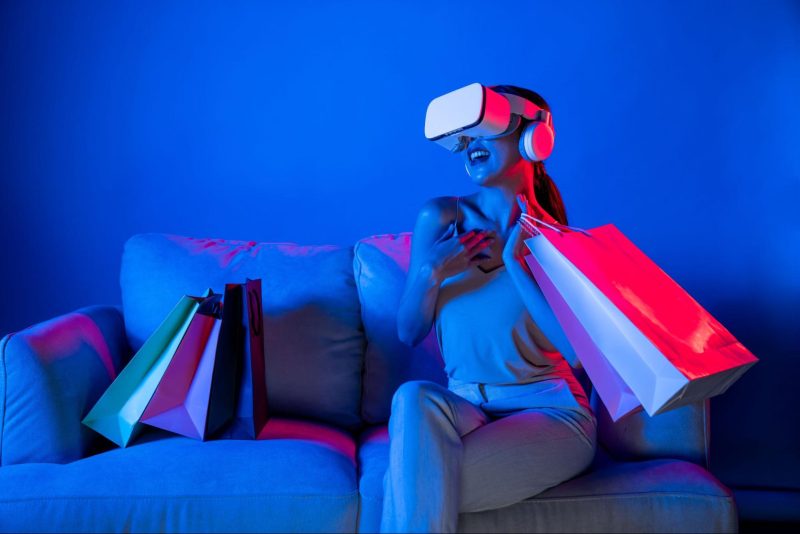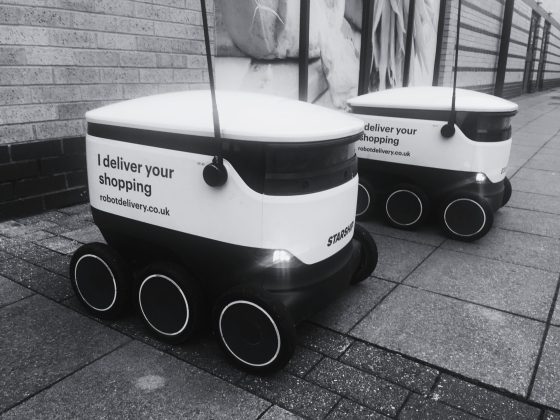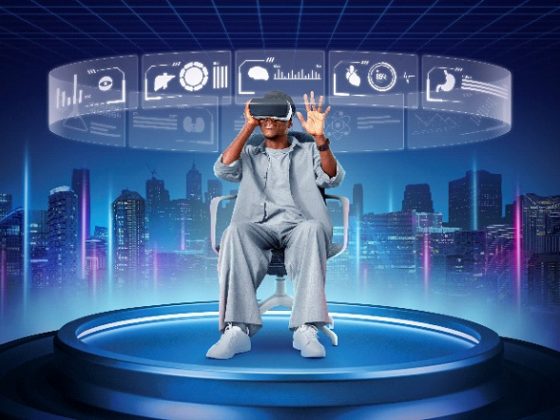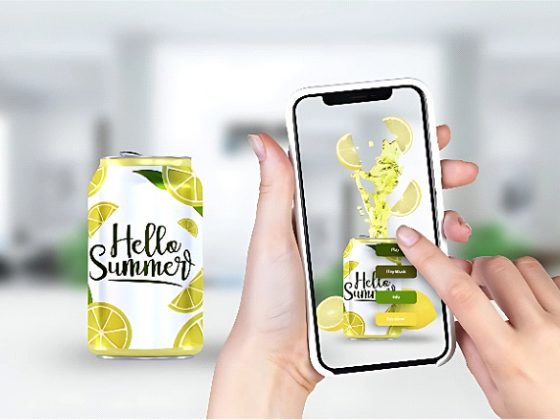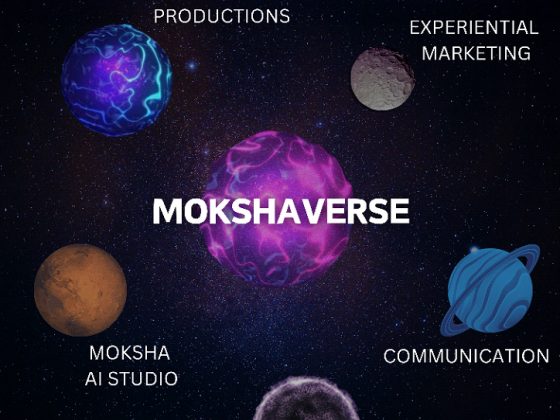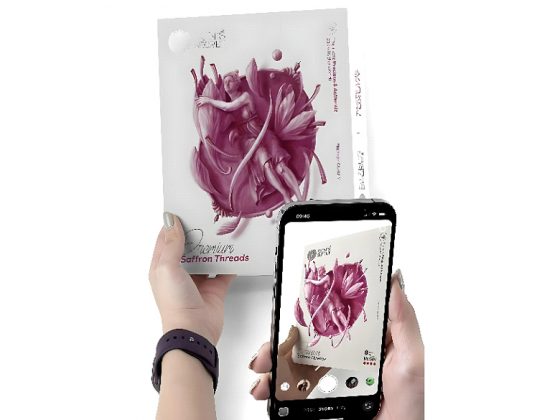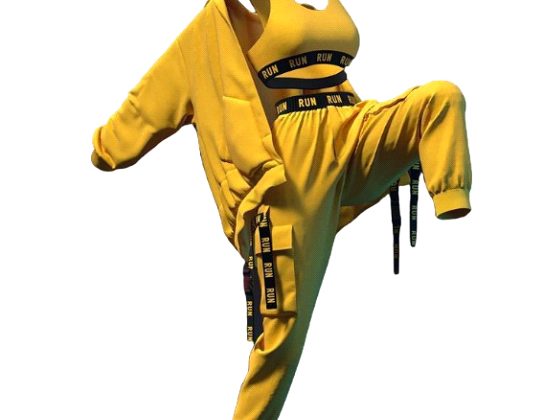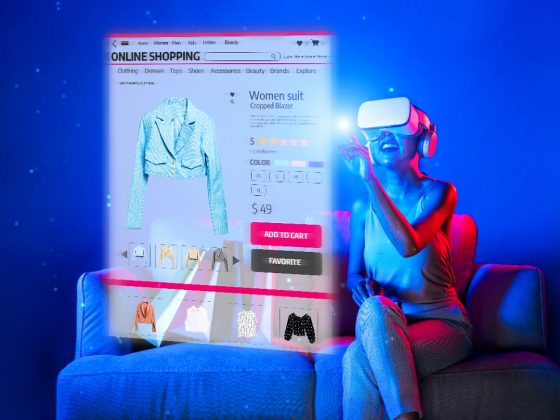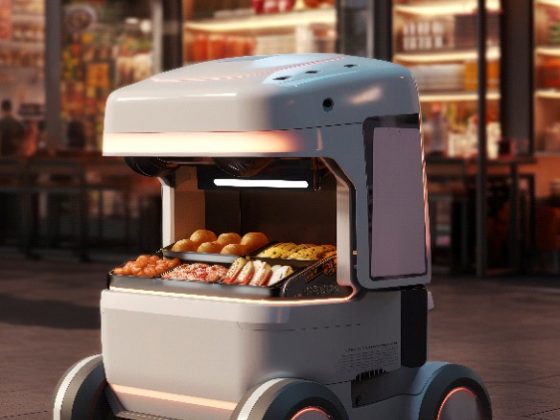In the home decor and furniture sectors, AR is proving equally valuable, allowing shoppers to visualise how products will look in their homes before buying. VR showrooms are also gaining popularity, especially for high-ticket items like furniture and cars. Companies like Lowe’s are experimenting with VR to let customers design and navigate through their home renovations virtually, providing a near-real preview of their projects. For luxury brands, VR showrooms offer an innovative, cost-effective alternative to physical stores, enabling customers to explore collections in detail and enjoy a highly interactive shopping experience.
Interactive Product Demonstrations
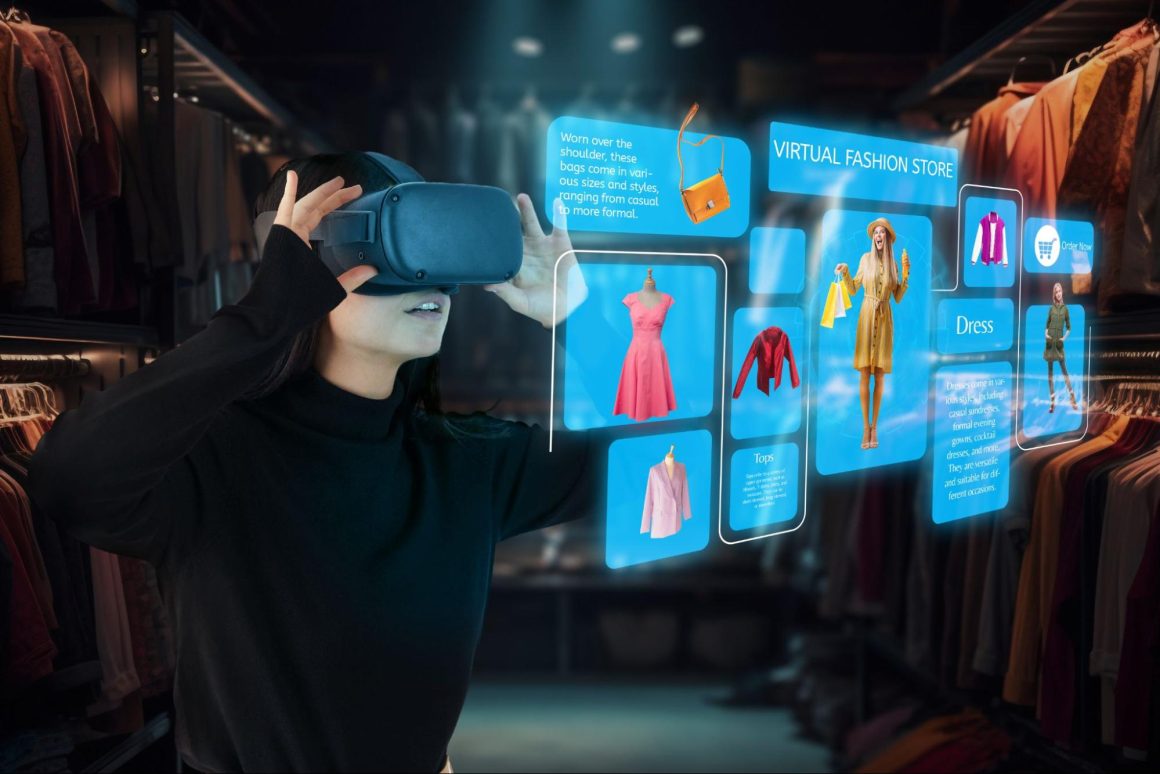
AR and VR also address the limitations of traditional 2D product images by offering interactive product demonstrations. AR allows customers to interact with 3D models, rotate them, and zoom in on details, which is especially useful for complex products like electronics or appliances. Dyson, for example, uses AR to show how its vacuum cleaners and air purifiers would look in different parts of a customer’s home, making it easier to visualise how these products fit into their space.
Meanwhile, VR takes the product demo a step further by letting customers virtually “test drive” products. Audi, for example, has developed a VR experience where customers can explore the interiors and features of its cars in a fully immersive environment. This hands-on virtual experience helps customers feel more connected to the product and more confident in their decision to buy.

